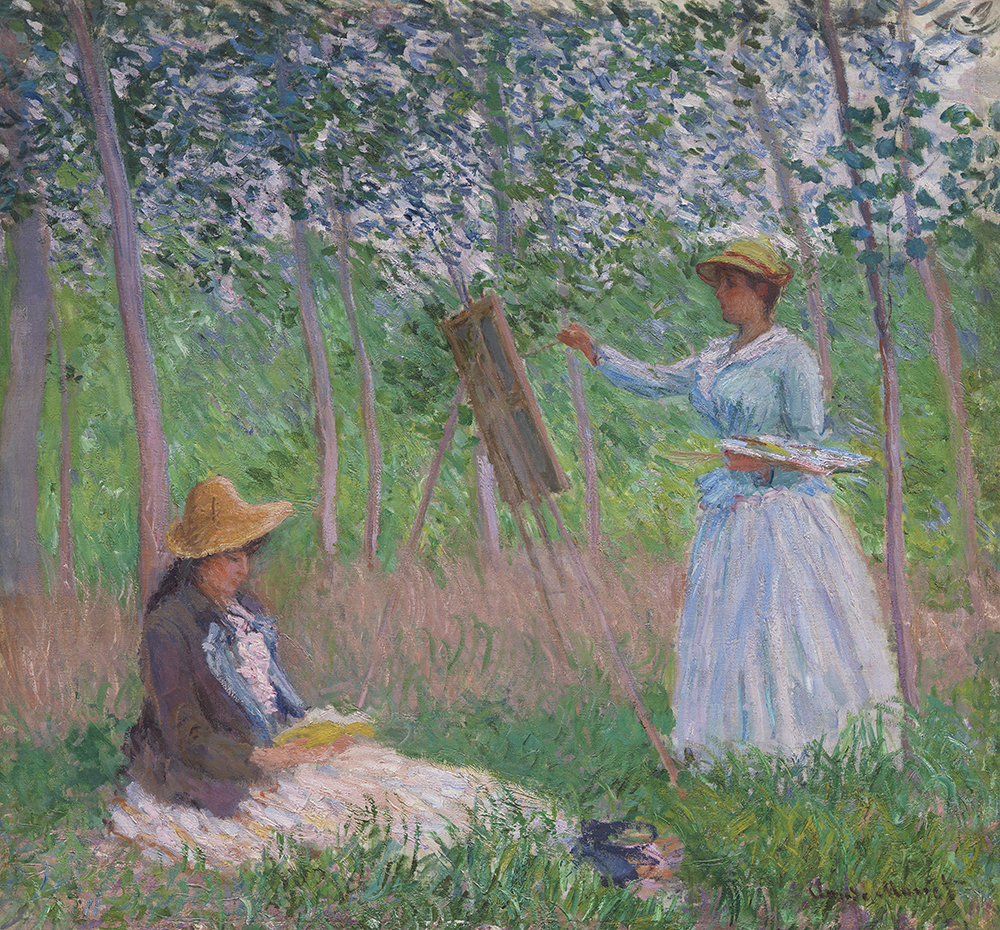For Austen scholars, that idea of access to the wider literary marketplace is important in what it might reveal about her and her novels. The library contains some deep cuts in the way of French books and Enlightenment philosophy. “This is someone,” Dow said, “who could reach up, grab a volume of Voltaire, and read it, post-French Revolution—quite a revolutionary thing to be able to do.” The amount of classical literature in translation on the shelves also bolsters the scholarship that sees Greek and Latin roots in Austen’s work; several scholars—including Mary Margolies DeForest, author of Jane Austen: Closet Classicist—argue that Persuasion is Homer’s Odyssey revamped. As a whole, the library helps us imagine a more expansive intellectual landscape for Austen. “I think it gives us a picture of someone who has the capacity to be much more than this kind of closeted spinster in a bonnet that some sectors seem determined to portray her as,” Dow added.Share
What else might she have pulled off the shelf? If Austen were browsing the center sections along the west wall, she might have happened upon An Enquiry into the Duties of the Female Sex (1797) by Thomas Gisborne, a book she told her sister in 1805 she “had quite determined not to read” until Cassandra recommended it. Surrounded as it is by sermons, the book calls to mind the volume that Mr. Collins recommends to the Bennet sisters in Pride and Prejudice: James Fordyce’s Sermons to Young Women. Conduct literature, as it is called, was known—and pilloried—by Austen indirectly. She figuratively rolls her eyes at Collins, who declares, “I have often observed how little young ladies are interested by books of a serious stamp, though written solely for their benefit. It amazes me, I confess—for certainly, there can be nothing so advantageous to them as instruction.” In her brother’s library, she had several examples of conduct literature to choose from, including Jane West’s Letters to a Young Lady, in Which the Duties and Character of Women are Considered (1811), which looks today as if it had been read by generations of Knight girls. The original survives at Chawton without its binding, held together with white ribbon. “I don’t think she would have been very keen on those ‘duties of women’ and those kinds of books,” said Dow. “Although I’m certain she read them. You can’t lampoon things unless you’ve got a very good working knowledge of them.” (Read more.)
Tota pulchra es Maria
2 days ago


















No comments:
Post a Comment